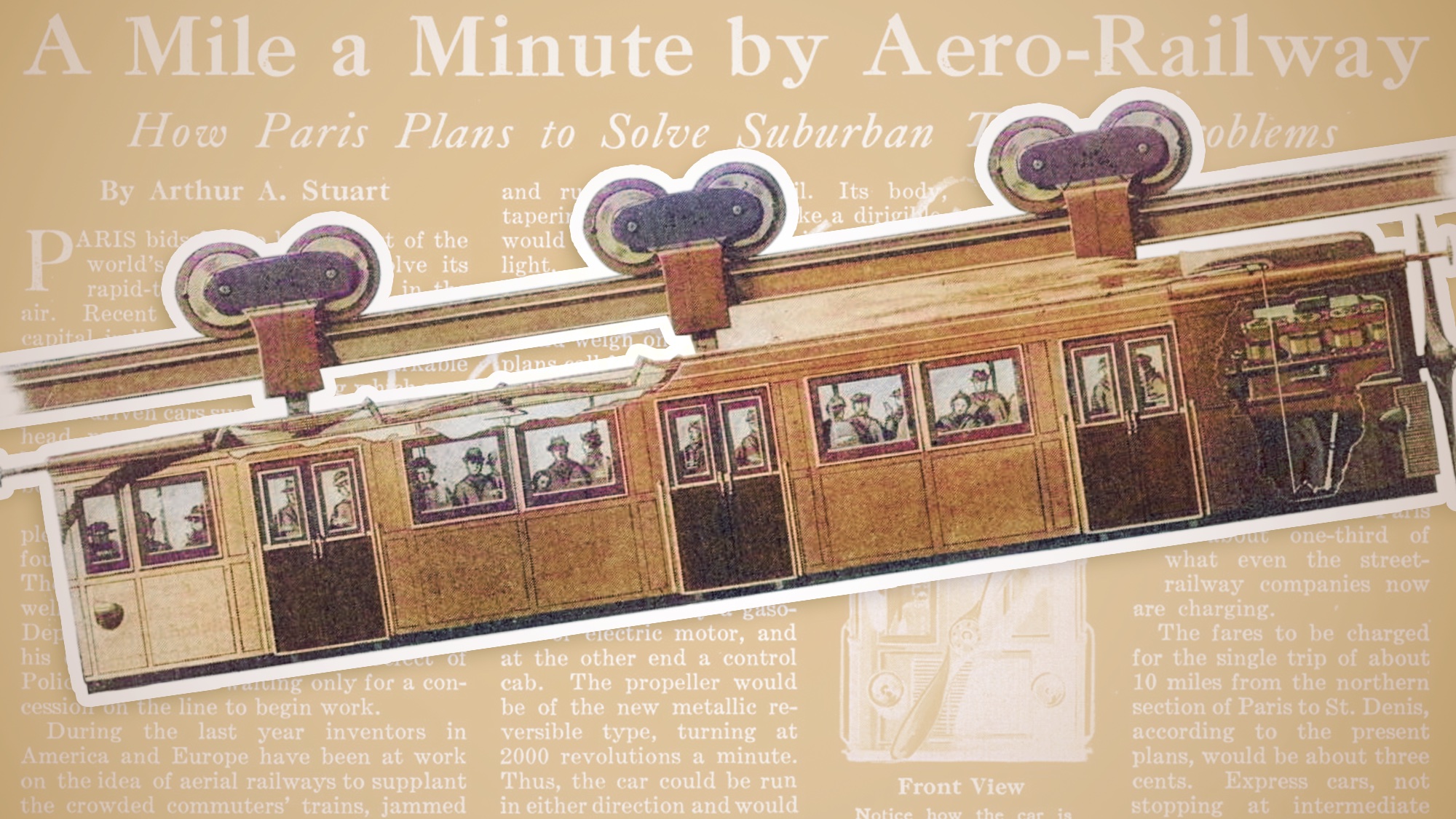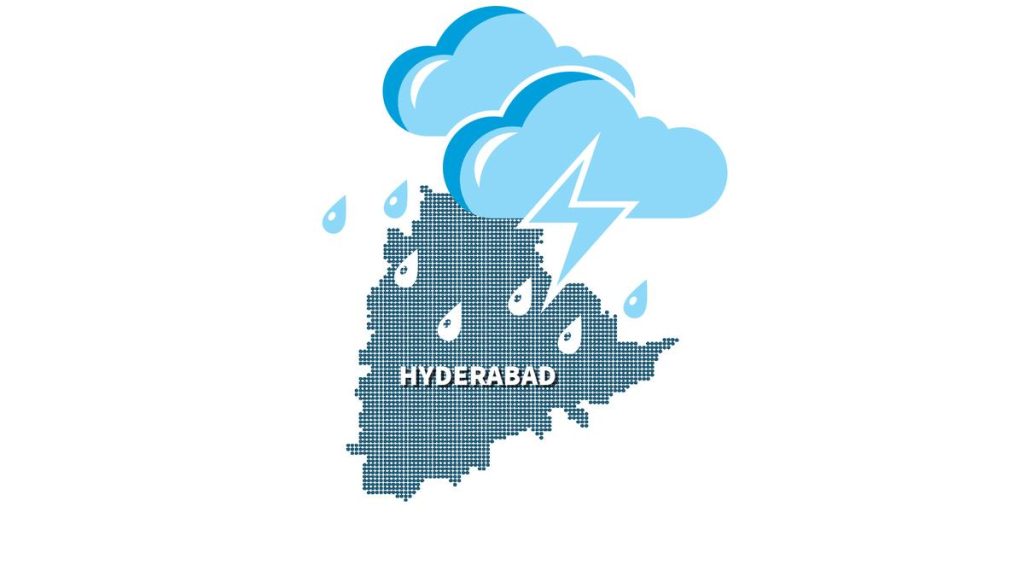Now Reading: 100 Years Ago, Suspended Monorails Were Touted as the Future of Mass Transit
-
01
100 Years Ago, Suspended Monorails Were Touted as the Future of Mass Transit
100 Years Ago, Suspended Monorails Were Touted as the Future of Mass Transit

Quick Summary:
- Suspended monorails, also called aero-railways, have historically been associated with niche applications such as amusement parks or tourist transport over challenging terrain.
- Early 20th-century prototypes explored suspended rail solutions for urban mass transit, but technical limitations (weather vulnerability, track-switching difficulties) prevented widespread adoption.
- The Wuppertal Schwebebahn in Germany remains the oldest operating suspended monorail as its launch in 1901. Other notable examples include JapanS chiba Urban Monorail-currently the world’s longest at 15.2 km-and short-lived concepts like Laur’s Aero-Railway and the Bennie Railplane from Glasgow.
- Modern interest in aerial transit systems is resurging due to rapid urbanization and the growing need for innovative transportation solutions that minimize congestion and emissions while using overhead airspace.
- Projects underway globally involve aerial gondolas rather of suspended monorails, including proposals such as LA ART connecting Dodger Stadium with Union Station and Chicago Skyline tourist routes.
Images Included:
- Wuppertal Schwebebahn train crossing a street (Germany).
- First electric overhead railroad (Minnesota ancient example).
- Hanging monorail in Chiba City (Japan).
indian opinion Analysis:
India faces unique challenges regarding its transportation infrastructure due to dense urban populations, congested roads, limited space for expansion at ground level, and increasing environmental concerns. Though traditional railways remain dominant due to their cost-efficiency over long distances within India’s vast geography, exploring aerial transit concepts could offer localized benefits.Suspended railways or aerial gondola systems may present an opportunity for overcrowded cities like Mumbai or Bangalore where land is scarce but vertical space above streets might be utilized effectively.Such systems could integrate into existing public transport networks as feeder routes to major hubs without requiring extensive road expansions.However, implementing these systems would require addressing critical concerns around climate resilience (monsoons pose unique weather-related risks), structural robustness to support large-scale operations amidst densely populated areas, and cost viability given India’s budget constraints on infrastructure projects.
With global trends signaling increased urbanization across nations-including India-aerial mass-transit innovations deserve consideration as India plans future smart city initiatives that align mobility goals with sustainability priorities.
























